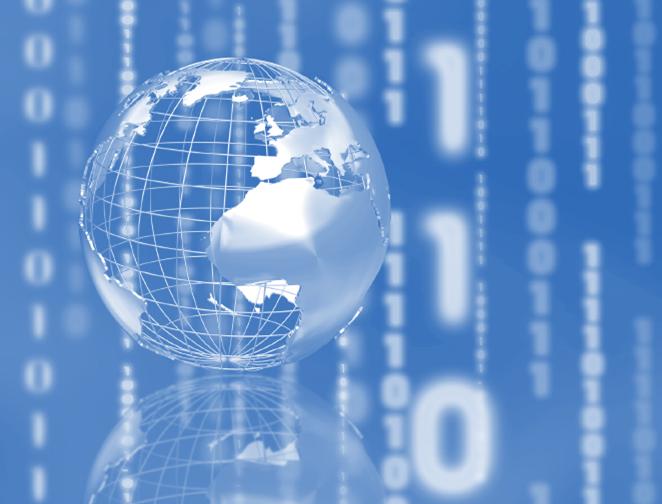
Digital transformation has become a “catch-all” term that has been used often recently. It looks different for each company. Briefly, digital transformation refers to the way digital technology is integrated into all parts of a business. Cleaning data is an important factor in ensuring the business operates efficiently, remains compliant, and continues to deliver value to its customers.
Types of Data Collected by Business
Businesses routinely collect a considerable amount of data. The types of data include:
- Internal Communication Records. You may be required to keep records of emails, text messages, social media posts, and cell phone calls for compliance purposes.
- Sales Reports. The sales department is the engine that keeps the company moving forward. Since it is a crucial component in the business, you’ll want to collect a lot of sales data, like revenue, distribution channels, profitability, price points, etc.
- Customer Data. The company needs to collect customer contact information, including its billing address and the names of decision-makers. Your customers may change locations or open branches that you also deal with. The customer contacts you deal with may change over time. If the records are not updated, it can prove embarrassing and inefficient when trying to reach out to a customer.
- Employee Records. Employees are asked to provide personal information when they are hired. The company also has job applications, payroll details, and employment records for current and former employees. The human resources department also keeps track of benefits data for employees.
Benefits of Data Cleansing
All this data adds up over time. You need to ensure it is accurate, as well as secure, and organized.
- Data management, or data cleansing, removes all incorrect or outdated information. You have current records at the end.
- Your team does not have to go through outdated documents to find the information they need. They will have current data available and will be able to focus their attention on more productive tasks.
- Some of your data may be duplicated in records held by different departments. Cleaning it ensures the data is accurate and consistent throughout the company. Consistency makes preparing your year-end documents for tax preparation a quicker and easier process.
Digital Transformation Tips for Keeping Data Current
Data cleansing methods vary depending on the type and size of the business you are running. You may be cleaning data from one database or multiple ones.
- If the data is already stored on spreadsheets or in a database, it is easier to assess how much you currently have, whether it is easy to understand by users, and what needs to be updated.
- Create a copy of your spreadsheet and make changes to the copy. This method protects the data in the original in case you or a member of your team makes an error.
- Copy the updated sections to the original spreadsheet once the data has been cleaned and you know it is error-free. This method may seem time-consuming, but it allows for two versions of your data during the clean-up. You don’t risk deleting your valuable data during the process.
- Use software functions to help streamline the process.
ERP From PositiveVision Will Help With Your Data Cleanse
You don’t need to wait until spring to go through your data and systems to give them a good cleaning. Your data is too important to your overall digital transformation strategy to allow it to become stale. Instead, use your ERP analytics to delete any redundant information regularly.
When you eliminate data such as old stock lists, customers who have not been active in several years, and suppliers who have shut down, your data is more accurate. Your teams will be working with information they can count on, and you will be lowering the risk of errors significantly. Learn more about SYSPRO or Sage 300 by contacting us today for a demo.


 © 2019 PositiveVision • 219 E. Thorndale Ave. Roselle, IL 60172
© 2019 PositiveVision • 219 E. Thorndale Ave. Roselle, IL 60172